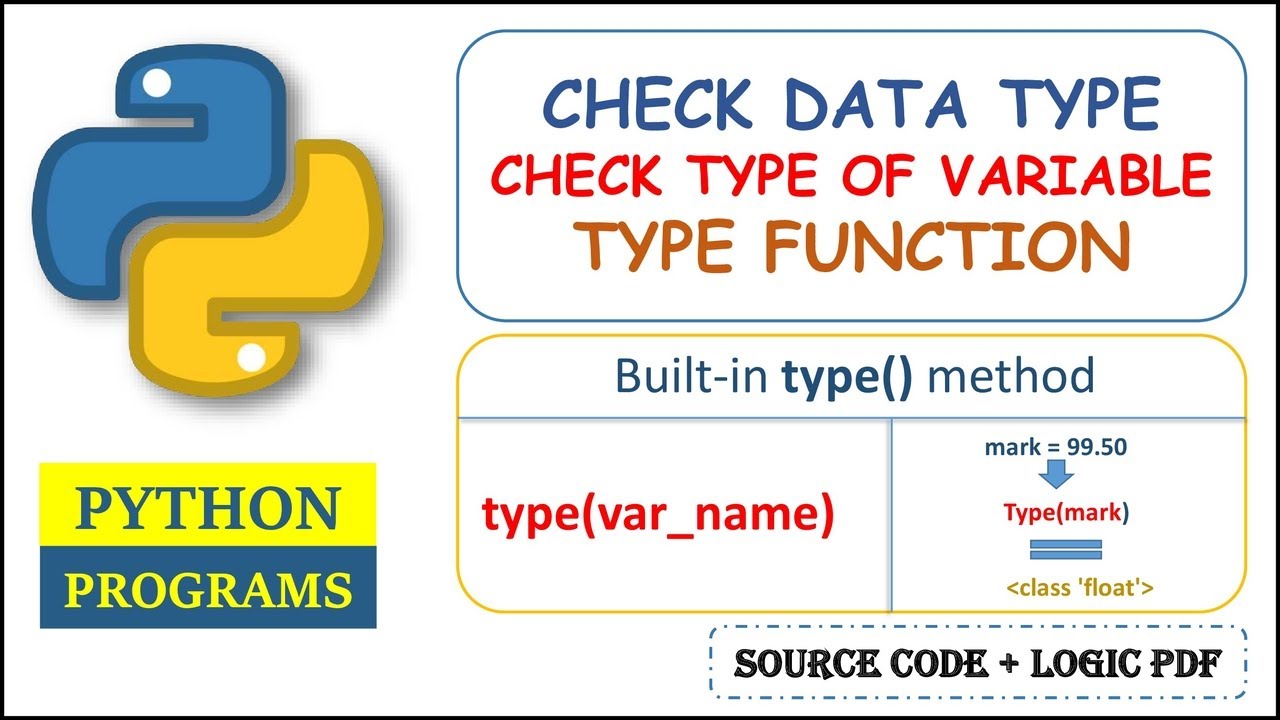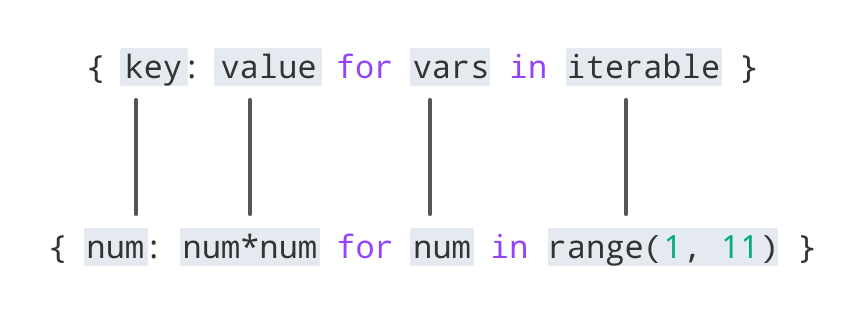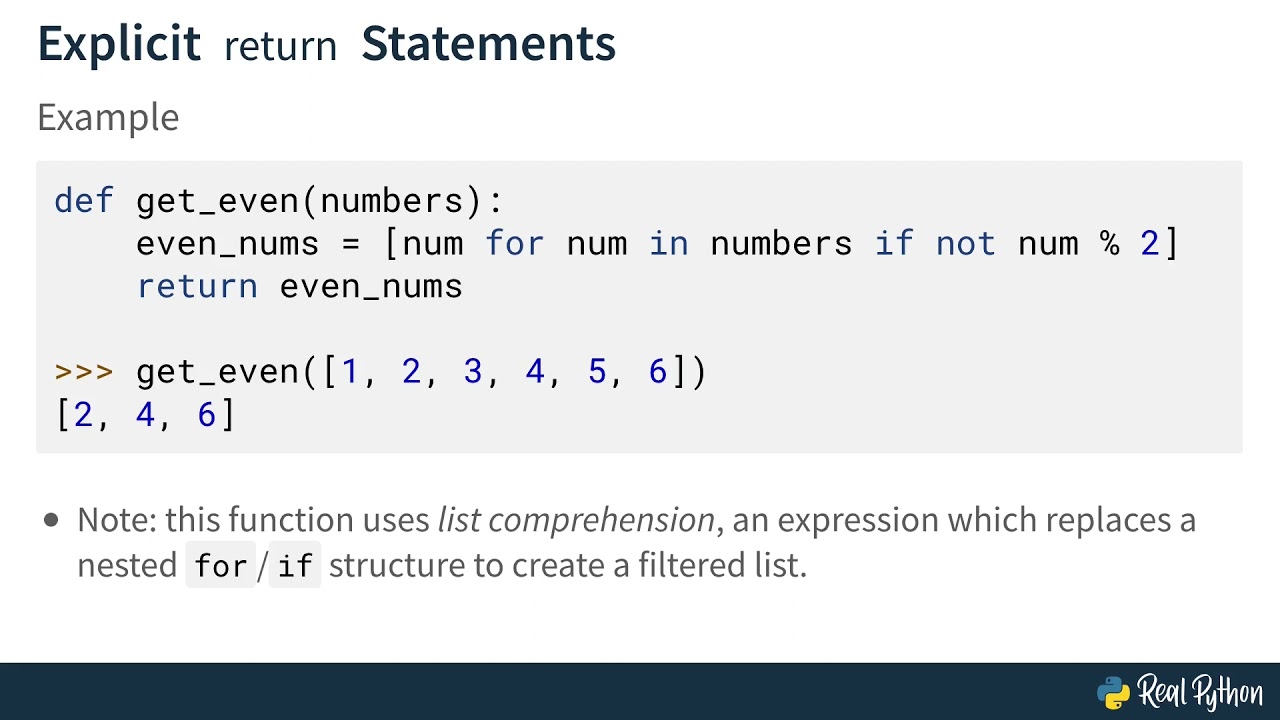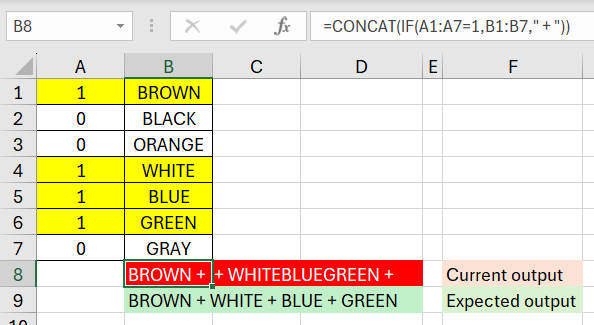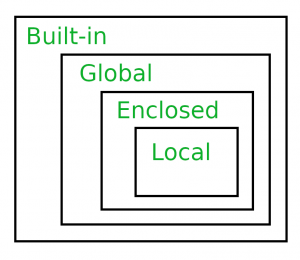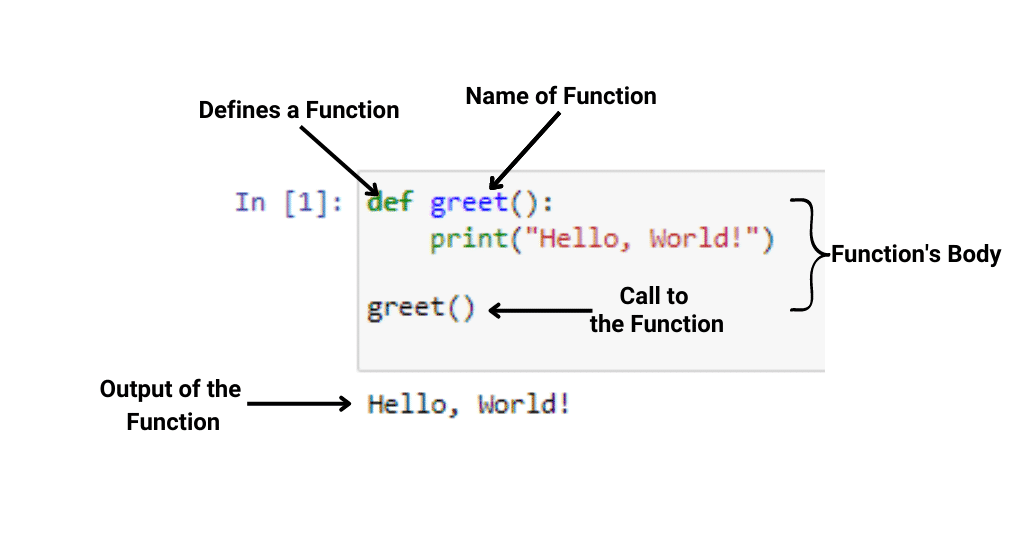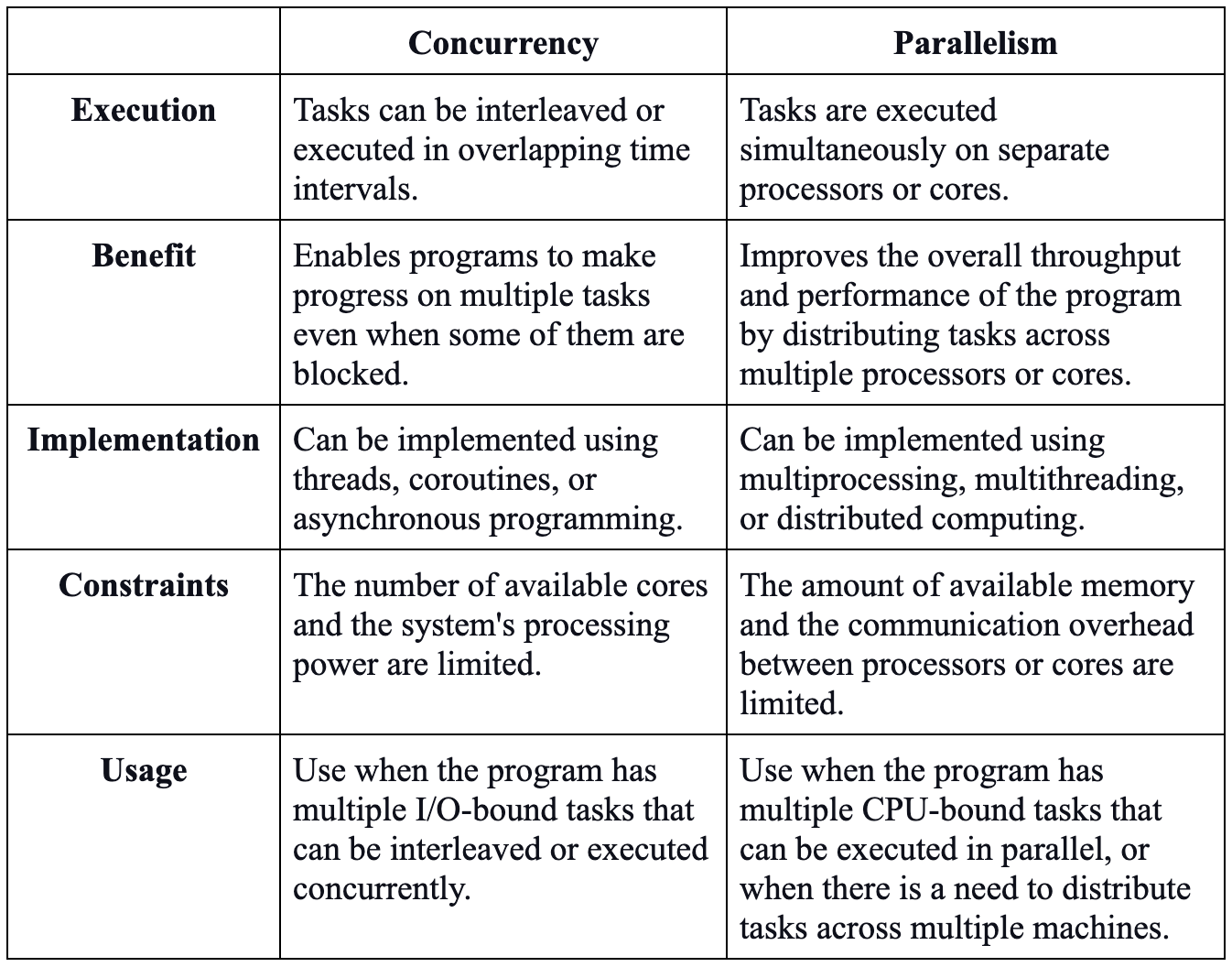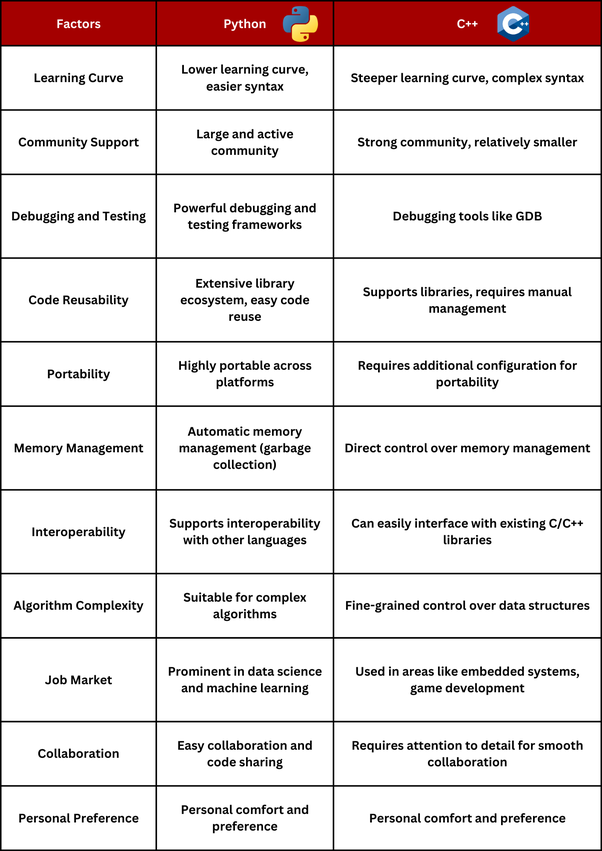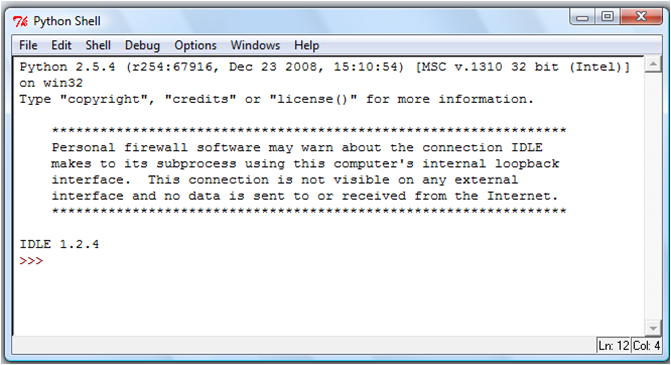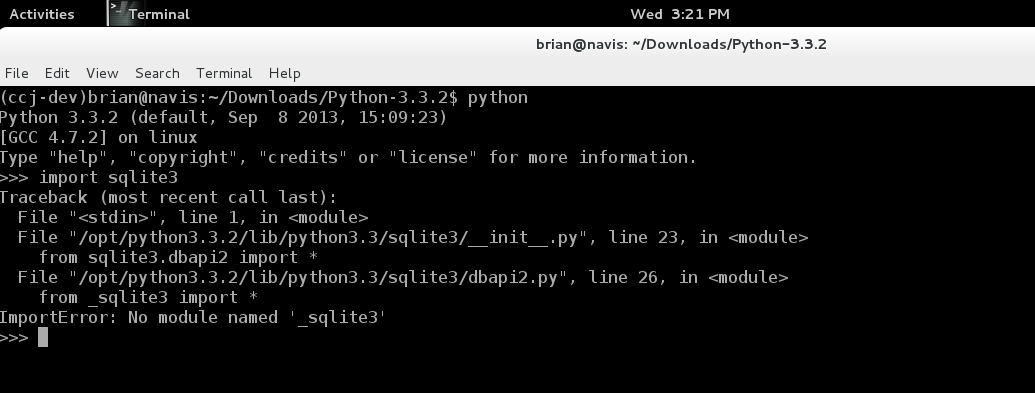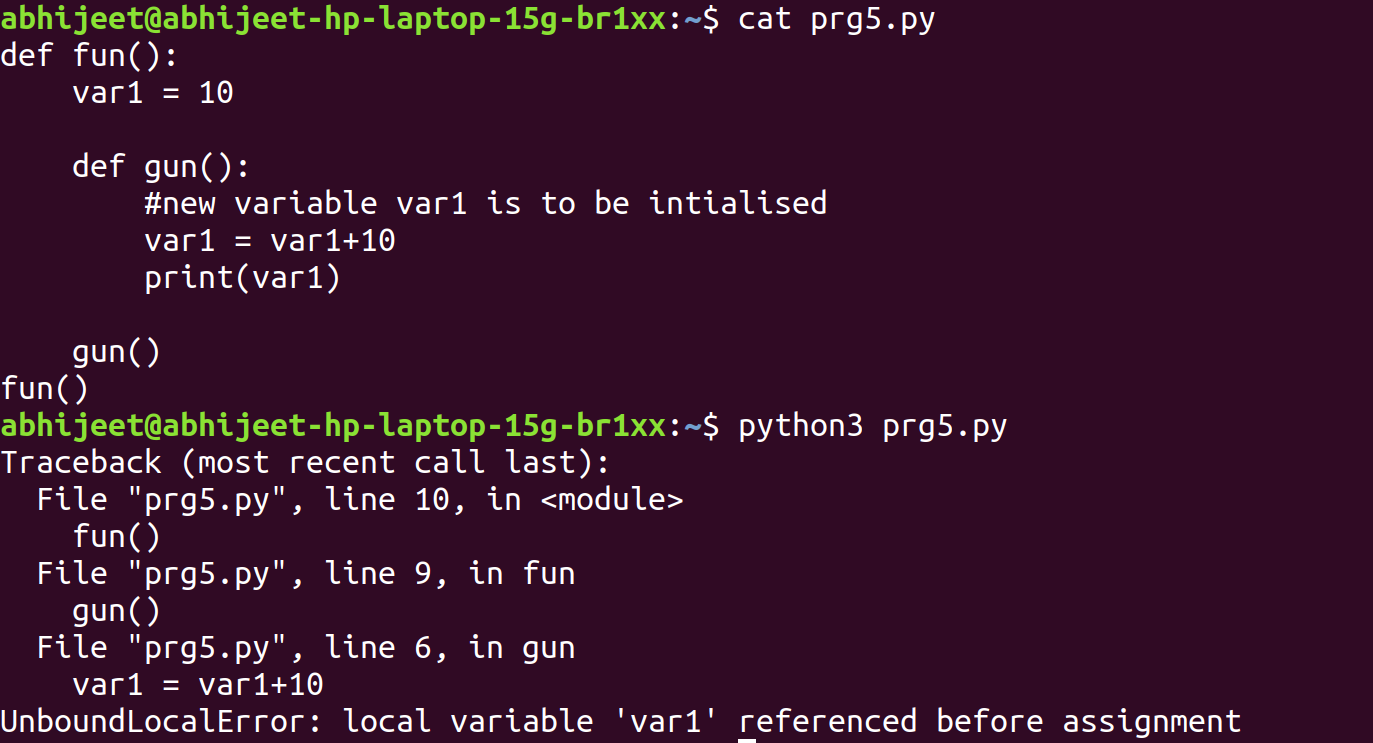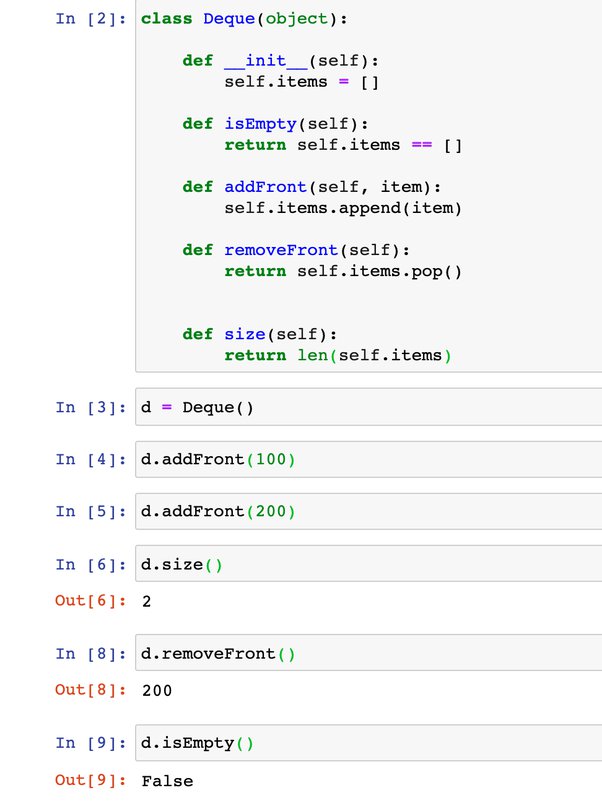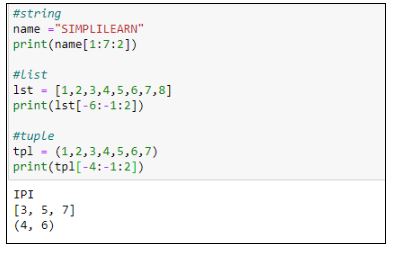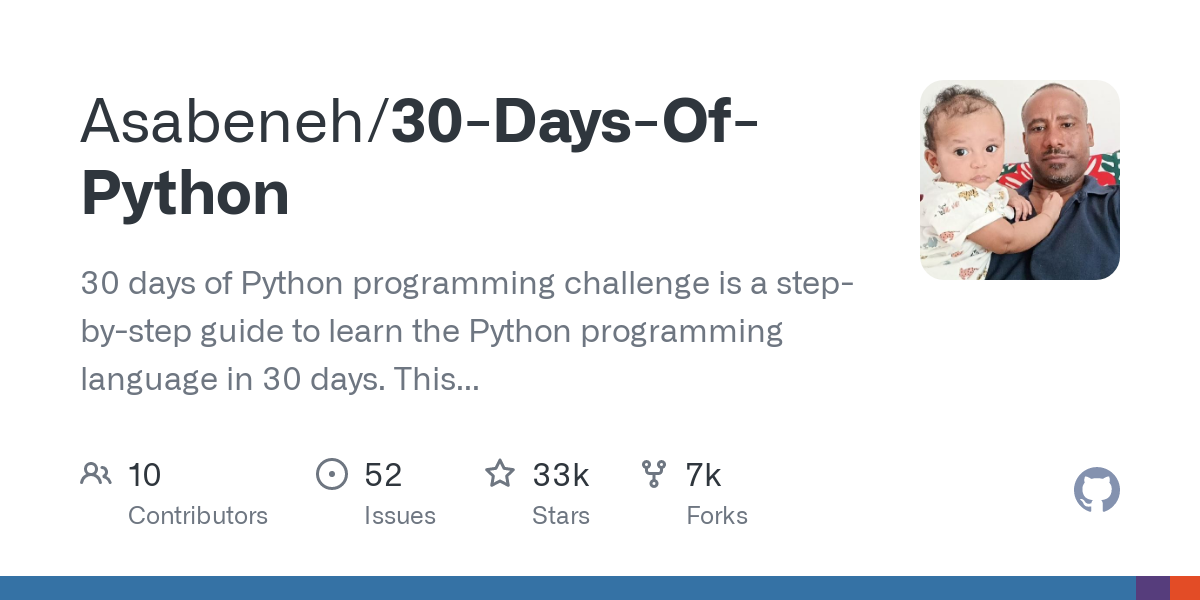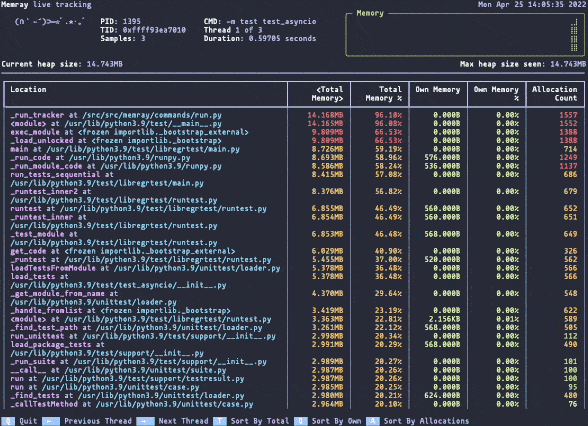Python gRPC library
Python gRPC library

The Python gRPC library!
gRPC is a high-performance Remote Procedure Call (RPC) framework developed by Google. It enables you to build scalable, concurrent applications with a focus on performance and reliability. The Python implementation of gRPC allows developers to build robust and efficient networked APIs using Protocol Buffers as the interface definition language.
The Python gRPC library provides a comprehensive set of features and tools for building RPC-based services. Here are some key aspects:
Service Definition: You define your service using Protocol Buffers, which is a binary serialization format developed by Google. This definition includes the methods available in your service, along with their request and response structures. Generated Code: When you use the gRPC compiler to generate code for your service definition, it produces Python stubs for clients and servers. These stubs provide implementations of the service methods based on the protocol buffer definitions. gRPC API: The Python gRPC library provides a set of APIs for creating services, handling requests, and sending responses. You can use these APIs to create custom handlers for your service, allowing you to manage requests and responses as needed. HTTP/2 Support: gRPC services support HTTP/2 by default, which enables efficient multiplexing of requests and responses over a single connection. This improves overall performance and reduces overhead. Security: The Python gRPC library includes built-in support for SSL/TLS encryption, ensuring secure communication between clients and servers.To use the Python gRPC library, you'll need to:
Install thegrpcio package using pip: pip install grpcio Define your service using Protocol Buffers (e.g., in a .proto file) Compile your protocol buffer definitions into Python code using the protoc compiler Create a Python gRPC server using the generated stubs and the grpc module Use the grpc module to create a client that can communicate with your service
Some benefits of using the Python gRPC library include:
High-performance: gRPC is designed for high-performance networking, which makes it an excellent choice for applications that require low latency and high throughput. Scalability: The framework's focus on concurrency and scalability enables you to build services that can handle large volumes of requests without sacrificing performance. Reliability: gRPC includes built-in support for retries, timeouts, and circuit breakers, making it well-suited for mission-critical applications.In summary, the Python gRPC library provides a powerful toolset for building scalable, concurrent RPC-based services with a focus on performance and reliability. Its high-performance capabilities, scalability, and reliability make it an excellent choice for developing robust networked APIs in Python.
What is the alternative to gRPC in Python?
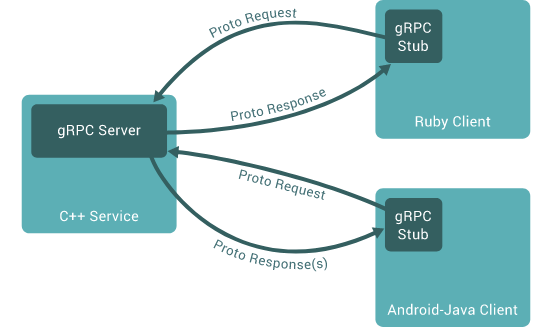
While gRPC is an excellent choice for building scalable and efficient APIs in Python, it's not the only option available. In fact, there are several alternatives that can help you achieve similar goals without relying on gRPC specifically. Let me highlight a few of these alternatives:
Apache Thrift: Apache Thrift is a widely-used framework for building RPC and API services. It supports multiple languages, including Python, C++, Java, and PHP. Thrift allows you to define your service interfaces in IDL (Interface Definition Language) files, which can then be compiled into code for each target language. This approach provides strong typing and serialization/deserialization capabilities. Pyro4: Pyro4 is a high-performance RPC framework that enables Python-based services to communicate with other Python applications or services. It's built on top of the ZMQ (ZeroMQ) library, which provides low-level socket functionality for message passing. Pyro4 simplifies the process of creating and consuming APIs by providing a higher-level abstraction layer.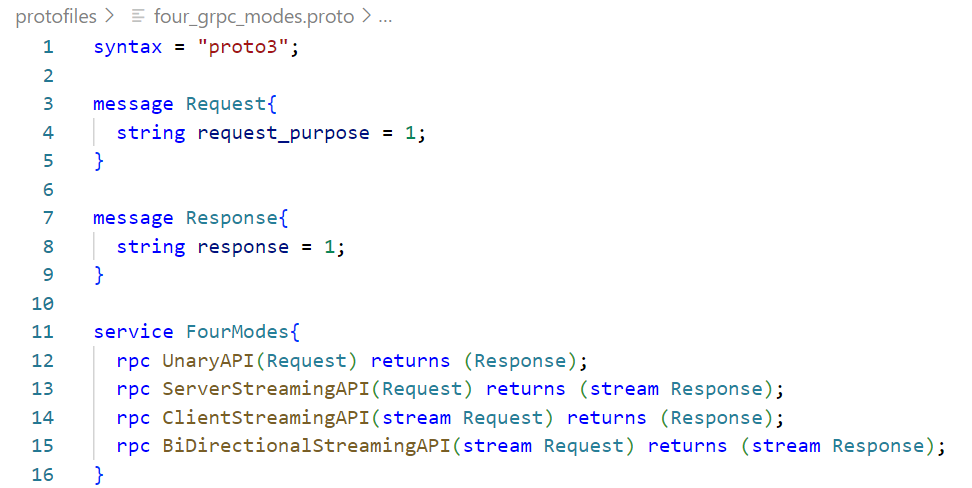
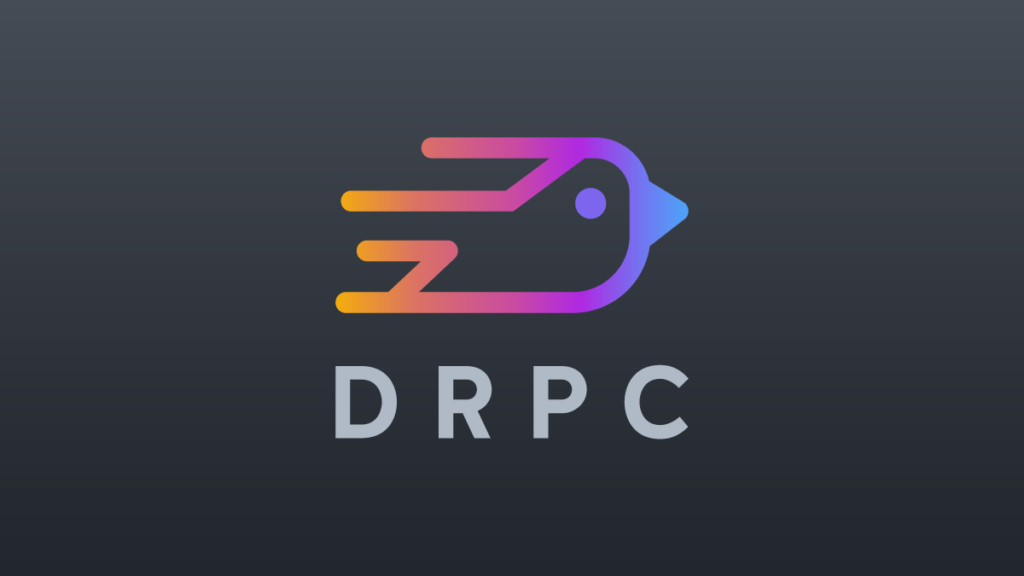
twisted.python.rpcs module. Zato: Zato is a Java-based integration platform that provides a RESTful API for integrating services and applications. Although primarily designed for use with Java services, Zato does offer Python bindings via its Zato-Python library. This allows you to interact with Zato services using the Python language. msgpack-rpc: MessagePack-RPC (RPC) is a lightweight RPC framework that provides high-performance serialization and deserialization capabilities using the MessagePack format. It's designed for building distributed systems, where speed and efficiency are crucial. msgpack-rpc supports multiple languages, including Python, C++, and Java.
These alternatives to gRPC offer various features, advantages, and use cases, depending on your specific needs and preferences. When choosing an alternative, consider factors like:
Language support: Do you need to communicate with services written in other languages? Performance requirements: Are you looking for high-performance serialization/deserialization or low-latency RPCs? Complexity: Do you want a lightweight solution or are you willing to invest time and effort into setting up an RPC framework?Each of these alternatives has its strengths and weaknesses. By understanding their unique characteristics, you can select the best fit for your specific project needs and goals.

